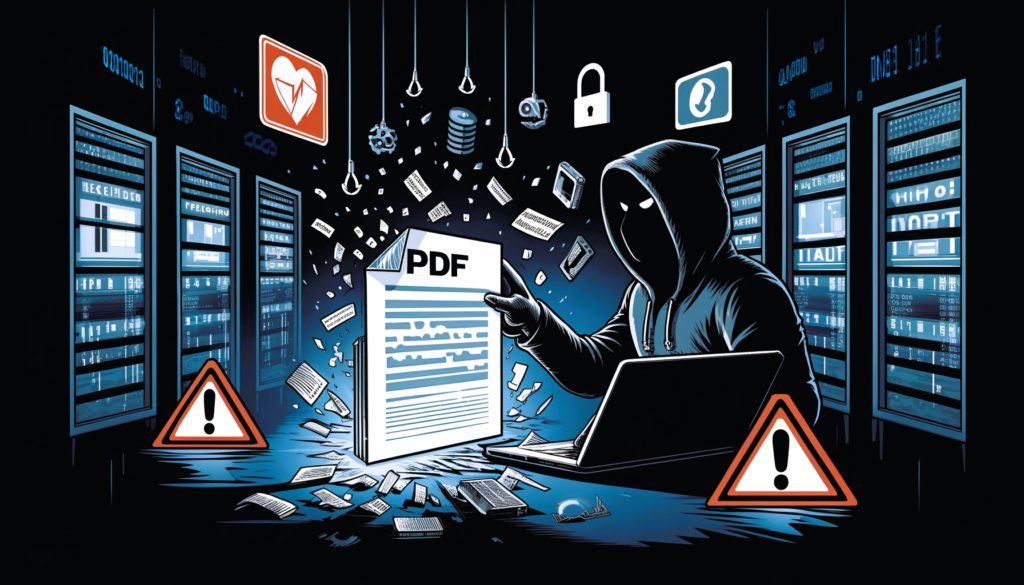
Cheating in video games has been an ongoing issue since the earliest days of digital entertainment. From the introduction of cheat codes to the sophisticated hacks and exploits seen in modern multiplayer games, cheating has evolved alongside the gaming industry itself. While some might argue that cheating diminishes the integrity of a game, others view it as part of the culture that drives creativity and exploration in gaming communities. This article explores the history of game cheating, from the days of simple cheat codes to the complex world of hacks and exploits that shape the modern gaming landscape.
The concept of cheating in video games can be traced back to the earliest arcade games, where players began experimenting with ways to manipulate the game’s mechanics. However, the true birth of game cheating began in the early 1980s with the rise of cheat codes.
One of the first games to feature cheat codes was Adventure (1980) for the Atari 2600. This game introduced a secret room known as the “Gray Bar,” which could only be accessed by typing in a secret code. While this was a simple Easter egg, it marked the first instance of developers intentionally hiding cheats within their games.
Cheat codes became more widespread in the mid-1980s with the advent of personal computer gaming. The Legend of Zelda (1986) for the Nintendo Entertainment System (NES) introduced the famous “up, up, down, down, left, right, left, right, B, A, Start” code, also known as the Konami Code. This code allowed players to gain extra lives and was one of the first examples of a cheat code being included by developers as a fun feature for players to experiment with. For more information visit modded Minecraft server hosting.
As the gaming industry grew, so did the complexity and variety of cheat codes. Many early cheat codes were simple, altering game states or unlocking hidden content, but they paved the way for more advanced cheats in the decades to come.

In the 1990s, the popularity of PC gaming and the emergence of more complex games led to the rise of cheat programs and trainers. Unlike the simple cheat codes of the past, trainer programs were external software tools that could manipulate the game’s code in real-time. These programs could give players unlimited health, money, or other advantages, often without requiring any input from the game itself.
One of the most famous trainers was the Cheat Engine, which allowed players to manipulate nearly every aspect of a game by altering values stored in the game’s memory. The Cheat Engine, and similar tools, became widely used in games like Grand Theft Auto (GTA), Doom, and Quake, where players could modify gameplay in a variety of ways.
During the 1990s, modding also became a significant part of the gaming culture. Players could now alter games by modifying their files, creating custom skins, levels, and even cheats. While many mods were legitimate, some players began to use them to gain unfair advantages in multiplayer games.
With the rise of online multiplayer games in the early 2000s, cheating took on a new dimension. The introduction of games like Counter-Strike, World of Warcraft, and Call of Duty meant that players were now competing against one another in real-time, opening the door for a new wave of cheating techniques.
A new type of cheat emerged during this time: aimbots, which automatically aimed and shot for the player, giving them an unfair advantage over others. The most infamous examples of aimbots appeared in games like Quake 3 and Counter-Strike. Players who used these cheats would often dominate the game, making it impossible for legitimate players to win. Like our article? Read also about Top 5 VPN Services Gamers.
The use of aimbots, wallhacks (which allowed players to see through walls), and speed hacks (which made players move faster than usual) became widespread in online gaming communities. These cheats were often distributed through underground forums or peer-to-peer networks, where players could download them and inject them into their games. The result was a heavily unfair playing environment, which led developers to create more sophisticated anti-cheat systems.

By the 2010s, cheating had become an even more serious issue with the rise of competitive gaming and esports. The gaming industry now had millions of dollars in prize money, which made it all the more tempting for players to resort to cheating in order to win.
In response to these challenges, developers began to implement more advanced anti-cheat systems. Tools like BattlEye, Valve Anti-Cheat (VAC), and Easy Anti-Cheat began to monitor games for unusual behavior and automatically ban cheaters. Despite these measures, hackers adapted by creating more advanced cheats, including ESP hacks (which allow players to see through walls), aimbots, and triggerbots (which automatically shoot when a target is in the player’s crosshairs).
The rise of hacking tools like Cheat Engine has led to a cat-and-mouse game between developers and cheaters. Developers strive to block cheats while hackers work tirelessly to find new ways to bypass security systems. The issue of cheating has escalated to the point where some games now require real-time monitoring to catch cheaters in the act.
Moreover, with the growing popularity of battle royale games like Fortnite and Apex Legends, cheating in these titles has led to widespread bans and legal action. In 2018, Fortnite developer Epic Games launched a lawsuit against a group of hackers who were creating and distributing cheats for the game. This case was significant because it demonstrated the lengths to which developers were willing to go to protect the integrity of their games.
The history of game cheating has evolved from simple cheat codes to sophisticated hacks and exploits. As gaming continues to grow in both scope and popularity, the battle between cheaters and developers continues. While cheating may have started as a way to have fun or break the rules, it has become a major issue that developers, players, and the gaming community must contend with.
The future of game cheating likely involves even more advanced anti-cheat systems and a renewed focus on fair play and the integrity of competitive gaming. Whether cheat codes, trainers, or sophisticated hacks, cheating in games will always be a part of the gaming landscape, and it will continue to shape how games are developed and played.
For more on game ethics and industry standards, you can visit Wikipedia’s page on game ethics.